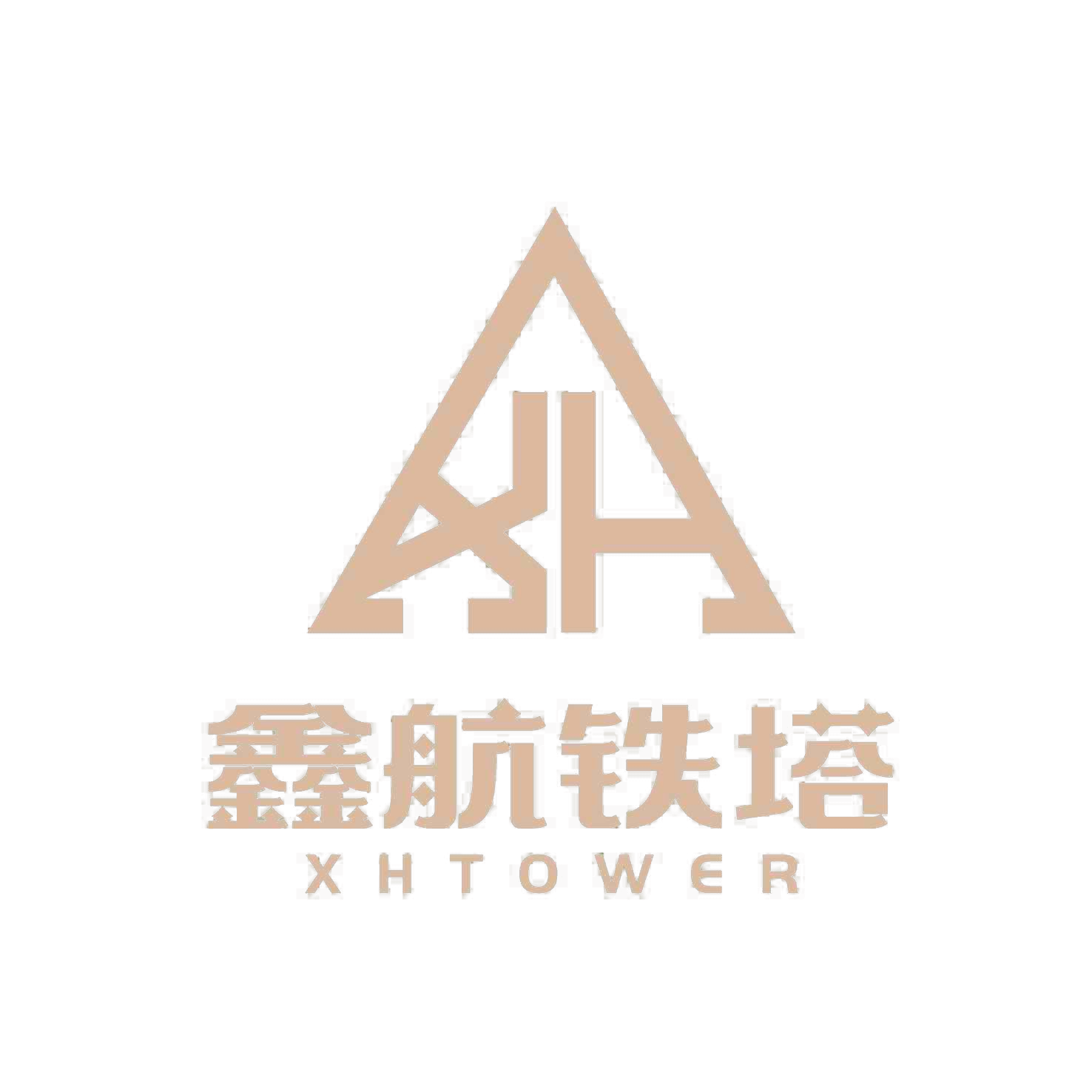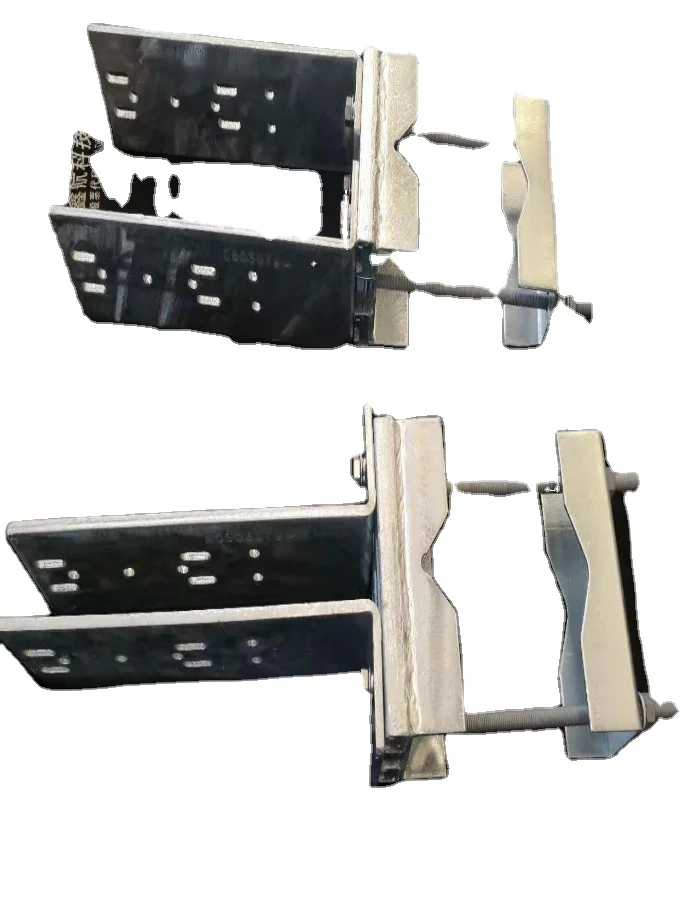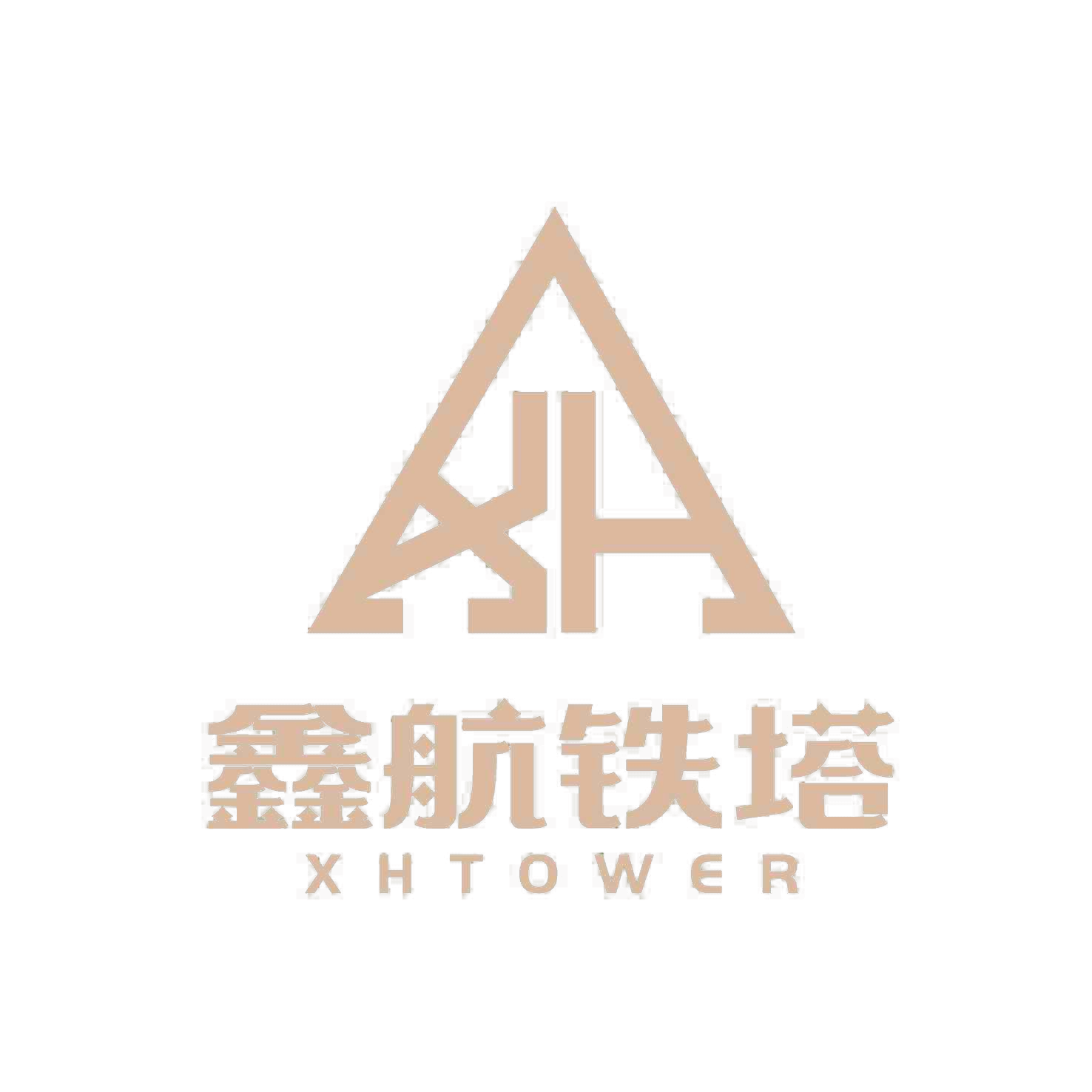Angular steel towers play an essential role in the overall success of electrical power transmission, telecommunications and general observation purposes. These configurations are designed to accommodate working in these heavily developed urban landscapes or over the millions of acres of farmland. In the area of wind turbine applications, one sees three legged and four-legged angular types are in vogue. In the following article we delve a bit deeper and explore some of the key distinguishing factors between different types of towers when it comes to design, performance as well deployment.
Understanding the Differences in Structure
3-legged angular towers differ from their 4 legged counterparts in structural composition. Square base Rotate the square base through 45 degrees and you have a triangle...or three points to support your tower on rather than four. Otherwise, the 4-legged towers use a square configuration and an extra leg. This fundamental difference lies above all in the stability of towers, but also mounds and charges perceive each factor. These are some of the factors that goes into choosing between them, as well has how high and top desired field strength needed for project zones' height enough to competitive analysis requirement heavyweight objectives detailed planning topographic information.
Step Confidence: The Trade-off That Controls the Number of Legs a Change Affect
Stability and the number of tower legs are also related based on basic physics with regards to levers, so strength materials have a bearing. The stability of the four-legged Tower increases with Foundation because there are more points to support the tower, it is also suitable for strong wind area or seismic zones. This rigidity means that they can support heavier loads and are less susceptible to sagging (with the example of power transmission lines carrying heavy, large currents.) In contrast, 3-legged towers would inherently lose some of the inherent stability due to their shape but could potentially offer savings in materials and/or visual impact. However, in some environments their size can be a huge advantage thanks to the amount of space at your disposal (ahem... attracts?!__).
Advantages of 3-legged & 4-legged Towers
In the 3-legged vs. 4-legged towers, most of experiment shows significant features or characteristic suitable for particular sites and situation like Soil & location based requirements etc. Since a 3-legged tower is not massive, it might sit well in an urban environment and they perhaps have the best chance to be applied there. They can unobtrusively slip into the urban fabric, meeting its telecommunication needs with a self-effacing style that never threatens to dominate the skyline (GANGED1_HUHCfig6-12). 4 legged towers are equally suitable in open country or on difficult sites where stability and resilience are more important. They are extremely rugged and can operate in extreme weather conditions, because they have to deal with large wiring systems running for miles.
A Comparative Analysis
3 legged towers are generally more economical on cost perspective and though the difference may not be huge but it can accumulate in a good enough way during constructions as they have lesser material requirements compared with 4 legged counterparts. However, this additional benefit does charge to their built-in instability lower back in comparison with the 4-legged types. Yet the question of maintenance is not entirely identical either, since a 3-legged tower might need to be checked more often for stability in high-wind locations. There are also environmental considerations to take into account when it comes to 3-legged towers, and less ground disturbance could be positive for local fauna. However, bergs are more versatile terrain-wise because 4 legged towers can only go so far with each segment being pushed off and the load sharing ability is much limited.
Design in an Urban and Regional Context
This is the biggest factor to consider when laying out angular steel towers for a deployment — the locations they will be in should urban or rural. Urban planners prefer these 3-legged towers as they keep look clean and blend well with the environment. Even the prospective inclusion of newer designs for towers or camouflage colours and green roofs, will be better looking. On the other side, rugged and remote landscape require towers that can hold 4 legs with wider distances even up till long distance while bearing difficult terrain topography challenges for hills/flat lands combination terrains in between serving large area footprints continuously without breaks.
So eventually, Whether to choose a 3-legged or 4 legged angular steel towers comes down with balancing the requirements of structure, environment and aesthetics. This also shows that infrastructure optimization is needed tailor-made, so the world to be changed in every setup each posseses its benefits. This is a change that will continue to impact our skylines and light up more communities around the world, as technology improves and we learn more about engineering one of nature's most powerful forces.

 EN
EN
 AR
AR
 DA
DA
 NL
NL
 FI
FI
 FR
FR
 DE
DE
 EL
EL
 HI
HI
 IT
IT
 NO
NO
 PL
PL
 PT
PT
 RO
RO
 RU
RU
 ES
ES
 SV
SV
 ID
ID
 LV
LV
 SR
SR
 SK
SK
 UK
UK
 SQ
SQ
 ET
ET
 HU
HU
 FA
FA
 AF
AF
 MS
MS
 GA
GA
 CY
CY
 UR
UR
 EO
EO
 LA
LA
 MN
MN
 TG
TG
 UZ
UZ
 HAW
HAW
 KY
KY
 XH
XH


